9 BEST YOGA POSES FOR BEGINNERS:BY FORBES.COM
1. Corpse Pose | Savasana
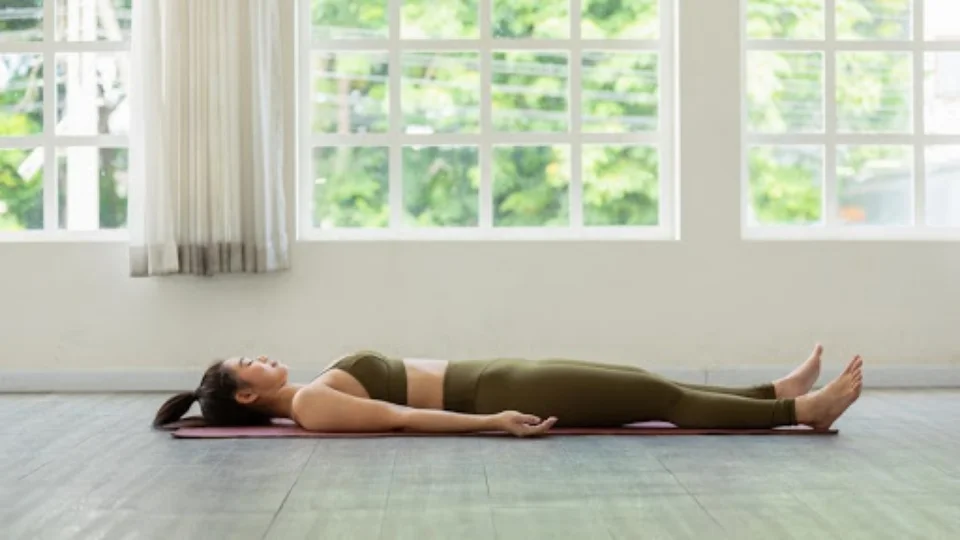
Health benefit: Savasana might look more like a snooze fest than a yoga pose, but it’s actually one of the best yoga poses for your overall health and well-being. By focusing on your breath while relaxing your body, you can release tension and potentially lower your heart rate, giving both your body and mind a boost. Research shows it can also help with diabetes management.Savasana is one of the best yoga poses for beginners, according to Sage Rountree, co-owner of the Carolina Yoga Company and author of Everyday Yoga. “If you can lie there, you can do it [corpse pose],” she says.
How to do it:
- Lie down on your back with your head and limbs resting on the floor and relax. Or, if you’re more comfortable on your side, find a side-lying position that works for you.
- Use props like a block and/or a blanket as needed.
2. Legs Up the Wall | Viparita Karani
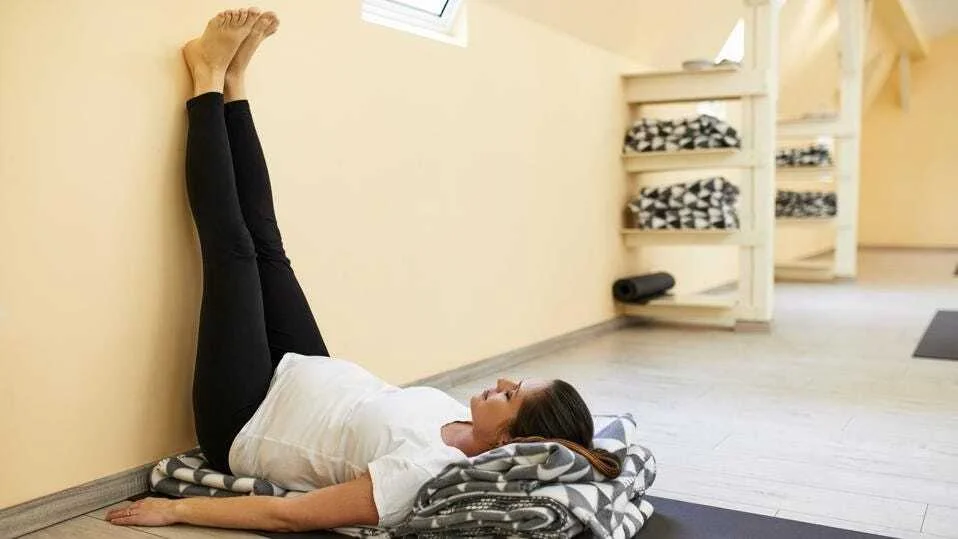
Health benefit: Legs up the wall promotes relaxation while stretching your hamstrings and supporting your circulatory system. Elevating your legs above the level of the heart helps support the flow of blood back to your heart, decreases any leg swelling and/or feelings of fatigue, according to Dr. Mukai.
How to do it:
- Sit with your right side flush against a wall.
- Resting your left elbow on the floor, rotate and raise your legs up the wall while lowering your torso so that you’re lying on your back with your heels against the wall.
3. Cat-Cow Stretch | Marjaryasana-Bitilasana
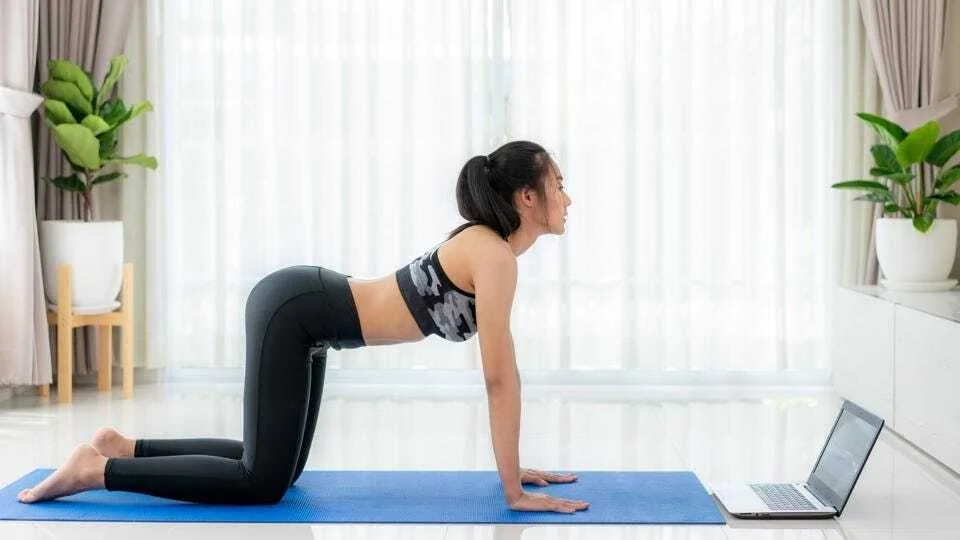
Health benefit: Cat-cow stretch is one of the best yoga poses for back pain and flexibility, Gary Soffer, M.D., an integrative medicine specialist at Yale Medicine, describes it as “a gentle but dynamic set of two poses that helps loosen all of the back muscles.” It does this by helping mobilize the joints in the spine.
How to do it:
- Get on your hands and knees, with your neck in a neutral position.
- Keep your wrists directly under your shoulders and your knees directly under your hips.
- Inhaling into cow pose, arch your back so that your belly approaches the mat, lifting your chest and chin.
- Exhale into cat pose, drawing your navel in while rounding your back and letting gravity drop your head toward the floor.
4. Downward Facing Dog | Adho Mukha Shwanasana
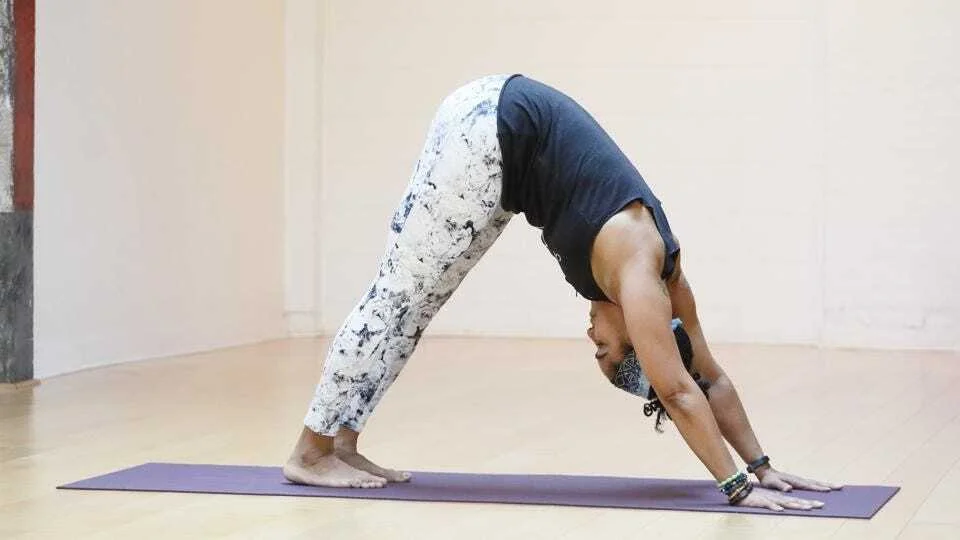
Health benefit: Downward facing dog is one of the most versatile beginner yoga poses you can find. It not only helps with back pain and core strength, but also promotes flexibility from head to toe. It creates traction in the lower back, which takes pressure off the spine, according to Dr. Mukai. Meanwhile, your hamstrings and calves also get a good stretch.
How to do it:
- Begin by resting your hands and knees on the floor.
- Press the balls of your feet into the floor and straighten your legs, raising your hips to the ceiling and pressing your shoulders down and back. Be mindful to not hyperextend your knees.
- Try bending one knee at a time to experience a deeper stretch through your hamstrings and calves.
5. Knees to Chest | Apanasana

Health benefit: By stretching your lumbar spine, this beginner yoga pose promotes flexibility and helps manage back pain. Once you’re situated, rocking gently from side to side can give your lower back muscles a massage. “This is a place where we often hold tension that can be at the root of back pain,” says Dr. Soffer.
How to do it:
- Lie on your back with bent hips and knees while pressing your hands against your knees.
- Exhale while hugging your knees to your chest and drawing your navel in toward your spine.
- As you inhale, return to the starting position.
6. Bridge Pose | Setu Bandha Sarvangasana
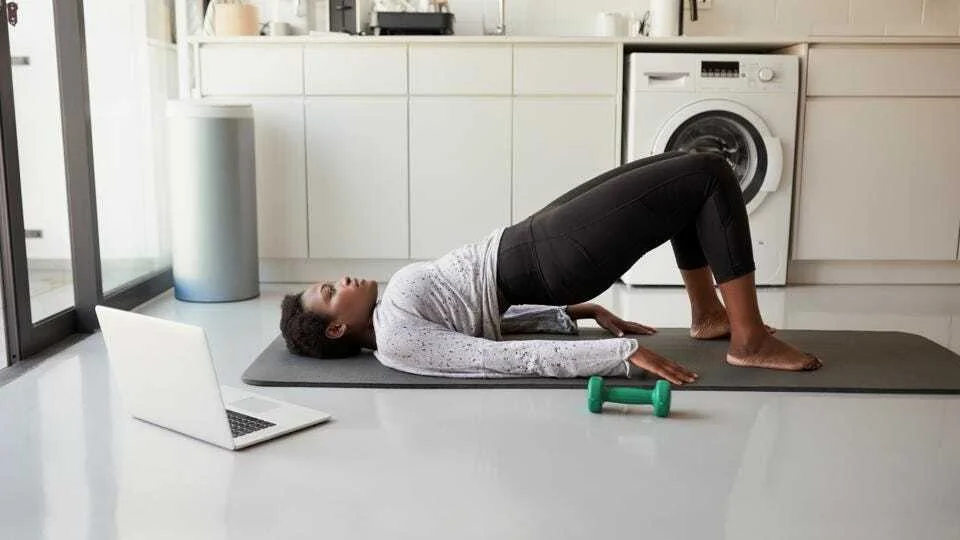
Health benefit: Bridge pose promotes core and glute strength and, in doing so, helps prevent back pain. “This pose simultaneously strengthens your core and your lower back muscles,” says Dr. Soffer. “The stronger your core, the less work your back needs to do.” This pose is also beneficial because it stretches the front of the hips, which can get tight after sitting for long periods of time.
How to do it:
- Lie on your back with your arms by your sides.
- With your feet about hip-width apart, bend your knees, keeping your feet flat on the floor directly under your knees.
- Engaging your core and glute muscles, raise your hips so that your body forms a straight line from your knees to your shoulders.
7. Cobbler’s Pose | Baddha Konasana

Health benefit: Also known as bound angle pose, this basic yoga pose helps with flexibility, according to Dr. Soffer. By letting gravity lower your knees, it opens up your hips. In fact, a study performed on people with diabetes showed that, in combination with other yoga asanas, it improved subjects’ total cholesterol, blood glucose and overall sense of well-being.
How to do it:
- Sitting with your legs extended in front of you, bend your knees and bring your heels toward your body.
- Let your knees fall out to either side while pressing the soles of your feet together.
- Draw your heels as close to your body as comfortably possible.
- Maintain an elongated spine, pressing your shoulders down and away from your ears.
8. Chair Pose | Utkatasana
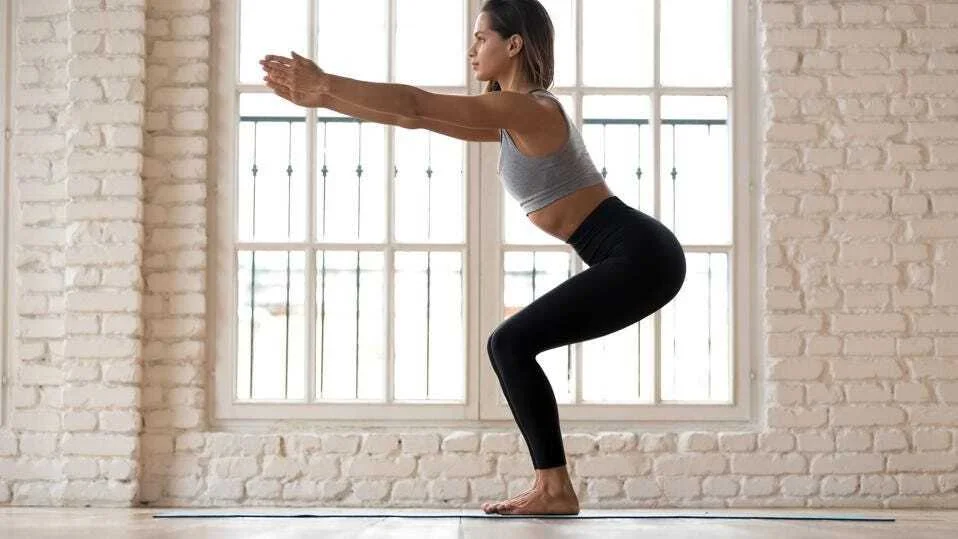
Health benefit: In this pose, you mimic sitting in a chair, as you hold a static squat with your feet together. Chair pose is “super” for developing both upper and lower body strength, particularly in your glute and back muscles, according to Rountree. It also helps with balance, especially if you lift your heels.
How to do it:
- Standing with your feet together, bend your knees and sink your hips back so that your thighs are as close to parallel to the floor as possible. Be mindful to keep your knees tracking behind your toes, really reaching your hips toward an invisible chair behind you.
- Keeping your chest lifted and your knees together, raise your arms up, pressing your shoulders down and away from your ears.
9.Locust Pose | Salabhasana
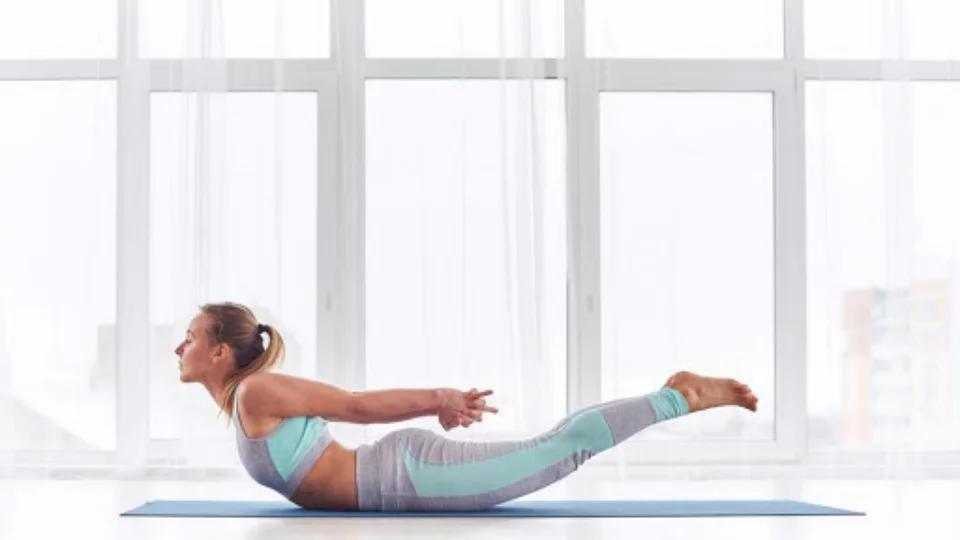
Health benefit: Locust pose is great for both flexibility and back pain, says Rountree. It serves as an antidote to the forward hunched posture we so often adopt in our daily lives.
How to do it:
- Lie on your stomach with your forehead on your mat and your arms at your sides, palms facing down.
- Keeping your neck in a neutral position, arch your back and lift your chest, arms and legs off the floor.
- Raise your arms so they are parallel to the floor and stretch from your shoulders through your fingertips, keeping your gaze forward and your neck long.
- Maintain this position for three to five breath cycles, then return to the starting position.
As you experiment with basic yoga poses, Rountree suggests easing into a sustainable routine. Even 10 minutes a day is a great starting point. “Don’t be afraid to do just a little bit on your own at home,” she says. “A little bit a couple times a day is going to be way better for your body than to binge on a huge amount once a week.”